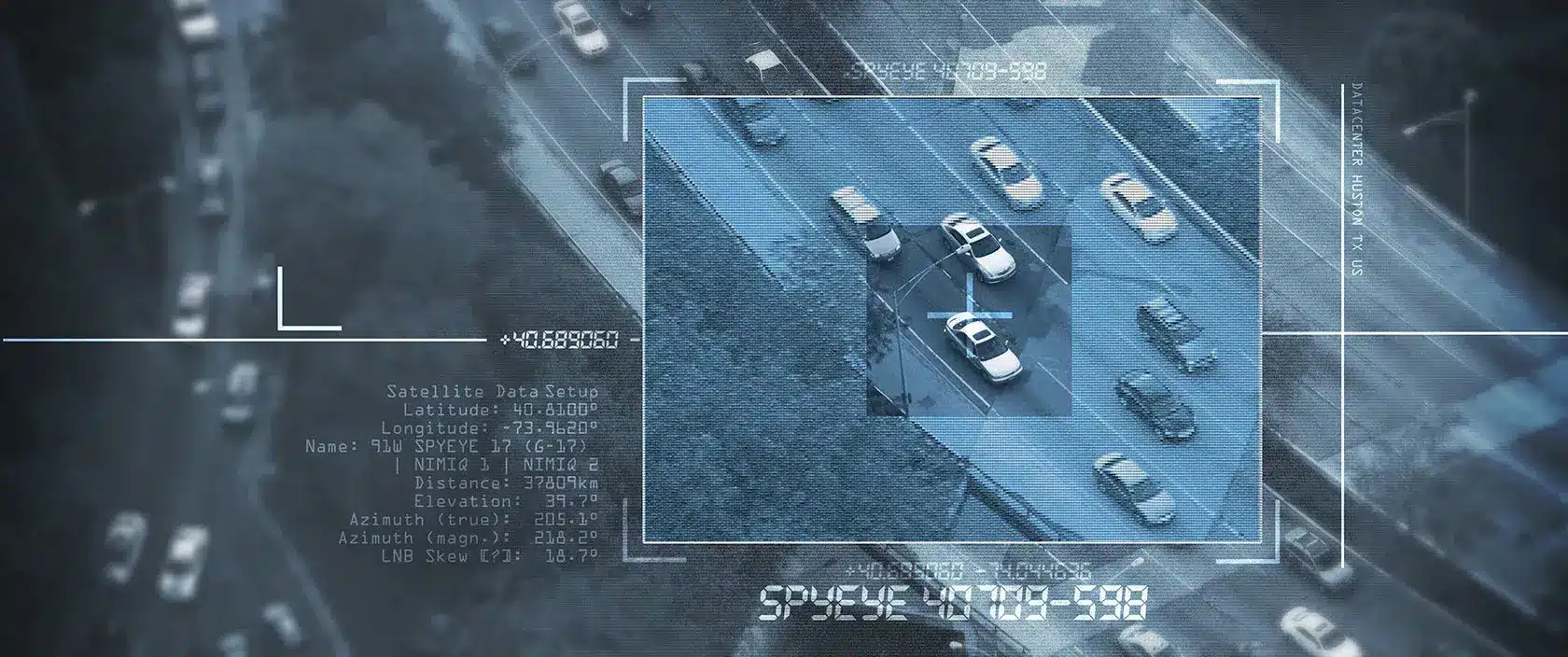Let’s face it: our planet is getting warmer, and we need to reduce carbon emissions. The U.S. Energy Information Administration (EIA) predicts carbon dioxide emissions to increase by nearly 1% by 2025. Unexpected heat waves in late June 2024 significantly increased cooling degree days (CDDs) in the second quarter, surpassing previous forecasts. As a result, the U.S. is now projected to have 6% more CDDs in 2024 compared to 2023, with no change expected in 2025. This is where steel recyclers come in as an unsung heroes in the fight against climate change. By giving old steel a new life, we’re not only saving resources, but also significantly reducing the carbon footprint associated with producing new steel. It’s like hitting two birds with one stone but in a completely eco-friendly way!
What is the critical impact of steel recyclers in reducing carbon emissions? How can Stealth Monitoring’s Scale Service Lane cameras enhance the efficiency and accuracy of metal recycling processes? Read on to find out.
The Environmental Benefits of Steel Recycling
Recycling steel plays a key role in sustainable industrial practices, helping to protect the environment for future generations. According to some environmental facts put out by the EPA, recycled steel saves up to 74% of the energy needed to produce steel from raw materials. Recycling steel reduces energy use and lowers carbon emissions. For every ton of steel recycled, about 1.5 tons of CO2 emissions are avoided, which helps in the global fight against climate change.
The United Nations Industrial Development Organization (UNIDO) stresses the importance of steel recycling in its Industry Decarbonization Initiative (IDDI). The initiative highlights that using recycled steel reduces the need for mining raw materials, preserving natural resources, and minimizing environmental harm. By promoting the use of recycled steel, the IDDI aims to create a circular economy, where waste is minimized, and resources are reused effectively.
Stealth Monitoring’s Contribution to Efficient Steel Recycling
Effective steel recycling depends not only on the recycling process itself but also on accurately tracking and managing incoming materials. This is where Stealth Monitoring’s Scale Service Lane cameras come in. These advanced surveillance systems provide several benefits that can help improve the efficiency and accuracy of metal recycling operations.
- Accurate Material Tracking: Stealth Monitoring’s Scale Service Lane cameras can monitor and record vehicles entering the recycling yard in real-time. This helps ensure that the type and quantity of metals being delivered are accurately tracked, to prevent discrepancies and allow for better inventory management.
- Enhanced Security: Metal recycling yards are often targets for theft due to the high value of recyclable materials found there. The surveillance capabilities of Scale Service Lane cameras can help deter unauthorized mixtures of metals to make sure that only legitimate verifiable deliveries are processed.
- Operational Efficiency: By automating the tracking process, surveillance cameras can reduce the need for manual inspections and record keeping. This can easily streamline operations which would give recycling facilities the ability to process materials quickly and efficiently. That translates to more output and reduced operational costs.
- Regulatory Compliance: Recycling facilities must follow environmental and industry regulations. Scale Service Lane cameras can record all incoming materials to help create a clear trail. This transparency is crucial for meeting rules and avoiding fines.
The Broader Impact of Efficient Steel Recycling
The integration of advanced surveillance technology in steel recycling operations not only can improve efficiency but could also contribute to broader environmental goals. Monitored surveillance cameras can help track materials and reduce the risk of theft, making recycling facilities more sustainable.
The combination of steel recycling’s environmental benefits and the enhanced efficiency of Stealth Monitoring’s Scale Service Lane cameras can create powerful results. As the world continues to prioritize sustainability, innovative technologies in recycling will become increasingly important.
Cutting-Edge Technology for Recycling Efficiency
Steel recyclers are important in fighting climate change. They can help reduce carbon emissions by reusing materials. Using advanced surveillance technologies, like Scale Service Lane cameras from Stealth Monitoring, can help improve the efficiency and accuracy of metal recycling. Embracing these innovations allows the steel recycling industry to take the lead in promoting a sustainable and environmentally responsible future.
To learn more about Stealth Monitoring and proactive remote video monitoring solutions to help safeguard recycling facilities, contact us.
Texas Private Security License Number: B14187
California Alarm Operator License Number: ACO7876
Florida Alarm System Contractor I License Number: EF20001598
Tennessee Alarm Contracting Company License Number: 2294
Virginia Private Security Services Business License Number: 11-19499
Alabama Electronic Security License # 002116
Canada TSBC License: LEL0200704




